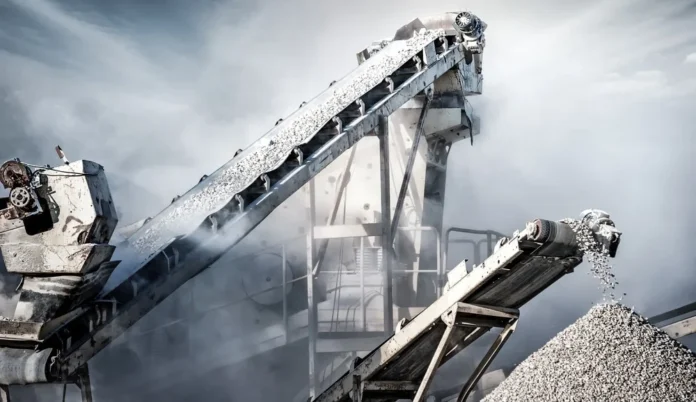In today’s climate-conscious world, industries are being pushed to find cleaner, more sustainable ways to operate. The cement industry, long known for its energy intensity, is now facing one big question: Is coal still needed for cement production lines? As cement plants grow in size and output—such as the 5000 TPD cement production lines—the pressure to transition to cleaner fuels without sacrificing performance is more important than ever.
Let’s break down the role coal plays in cement production, examine possible alternatives, and see how innovative brands like Cementl are helping manufacturers embrace the future of sustainable cement manufacturing.
The Role of Coal in Cement Production
Coal, traditionally, has played a critical role in cement production. It serves two main purposes:
- Fuel for the Kiln: The rotary kiln, the heart of any cement production line, requires extremely high temperatures (around 1450°C or 2640°F) to process raw materials into clinker—the key ingredient in cement. Coal has been the most common fuel due to its availability, energy density, and combustion efficiency.
- Source of Carbon: In addition to being a heat source, coal also contributes to the chemical reactions inside the kiln, especially the calcination of limestone.
In large-scale plants like a 5000 TPD cement production line, the energy demand is massive. Traditionally, such plants could consume thousands of tons of coal per month.
The Downside: Environmental and Cost Concerns
While effective, coal usage has drawbacks:
- High carbon emissions: Cement production accounts for roughly 7-8% of global CO₂ emissions—much of it from fossil fuels like coal.
- Rising costs: Volatility in coal prices can impact profitability.
- Regulatory pressures: More governments are tightening emissions standards, pushing for decarbonization.
This has sparked an industry-wide search for cleaner, cost-effective alternatives.
Are There Alternatives to Coal in Cement Production?
Yes—and many plants are already integrating alternatives. These include:
1. Alternative Fuels (AFs)
- Biomass (rice husks, wood chips, agricultural waste)
- Refuse-derived fuel (RDF) from municipal solid waste
- Industrial waste (used tires, plastics, solvents)
These fuels can be co-fired with coal or fully replace it in some kilns.
2. Waste Heat Recovery (WHR) Systems
WHR captures heat from the kiln and converts it to electricity, reducing the need for fossil fuels elsewhere in the plant.
3. Natural Gas and Hydrogen
Natural gas burns cleaner than coal and is gaining traction. Some experimental setups are even using green hydrogen—though still costly and not widely scalable.
4. Renewable Energy Integration
While not replacing coal in kilns directly, solar and wind energy can support auxiliary plant operations, reducing overall fossil fuel reliance.
How Cementl Is Shaping the Future of Cement Production
Forward-thinking companies like Cementl are paving the way for more efficient, environmentally responsible cement production. Cementl designs and supplies advanced systems for full-scale production lines, including 5000 TPD cement production lines, built with sustainability in mind.
Key Features of Cementl’s 5000 TPD Production Line:
- Energy-efficient rotary kilns designed for AF compatibility
- Modern dust and emissions control systems
- Highly automated systems for precision control
- Flexible fuel systems to allow partial or complete coal substitution
By focusing on scalable, future-proof technologies, Cementl enables producers to reduce reliance on coal without compromising on output or quality.
Coal-Free Cement Production: Is It Realistic?
In some regions and under the right conditions, yes, it is possible to produce cement without coal. However, the transition requires:
- Significant infrastructure investment
- Stable alternative fuel supply chains
- Commitment to operational efficiency upgrades
While a complete global phase-out of coal won’t happen overnight, a blended approach—where alternative fuels are increasingly introduced—offers a realistic and impactful path forward.
Final Thoughts: A Cleaner Path for Cement
So, is coal needed for cement production lines? The answer is evolving.
For decades, coal was essential. But today, alternative fuels, technological innovation, and environmental responsibility are reshaping the answer. In modern operations—especially with equipment from sustainability-focused providers like Cementl—coal is no longer the only option.
With solutions like the Cementl 5000 TPD cement production line, manufacturers can embrace a hybrid approach today and build the foundation for a coal-free tomorrow.

